Symbolic-Anthropology
(work in progress!)
Hunt:
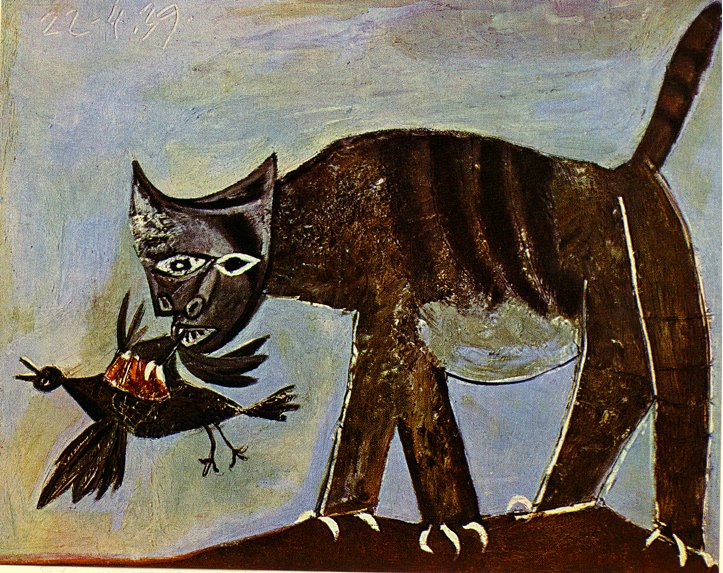
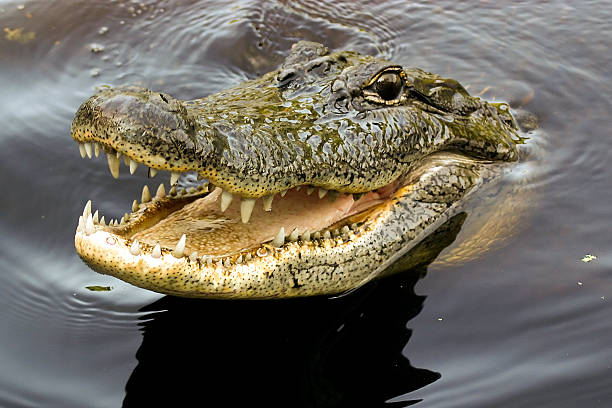
Consume:
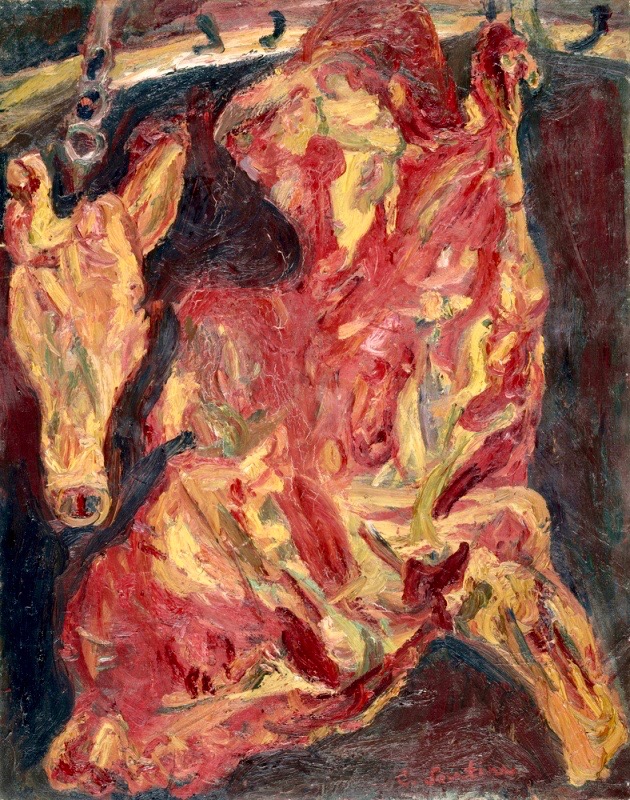
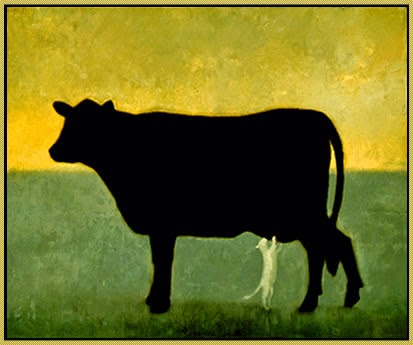
Caves:
A passage between this world and the underworld, between life and the land of the dead. The primordial functions of the earthmother as both womb and tomb.
The cave is a space of conversion, where one undergoes the climax of souls quest.
Psychologically, entering a cave can have the quality of introversion, incubation, regression to the source, psychic withdrawal or hibernation.
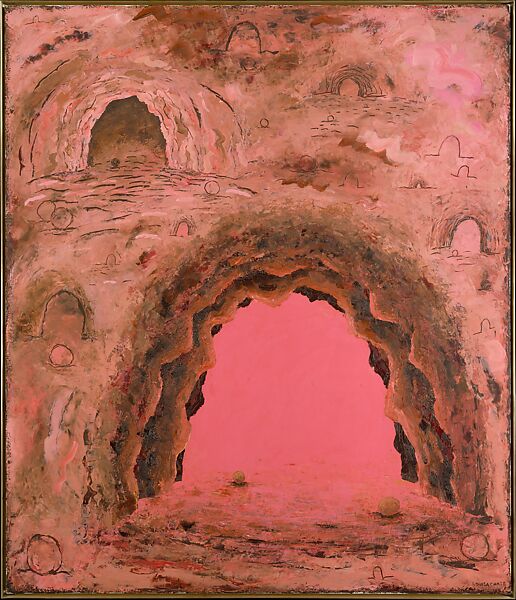
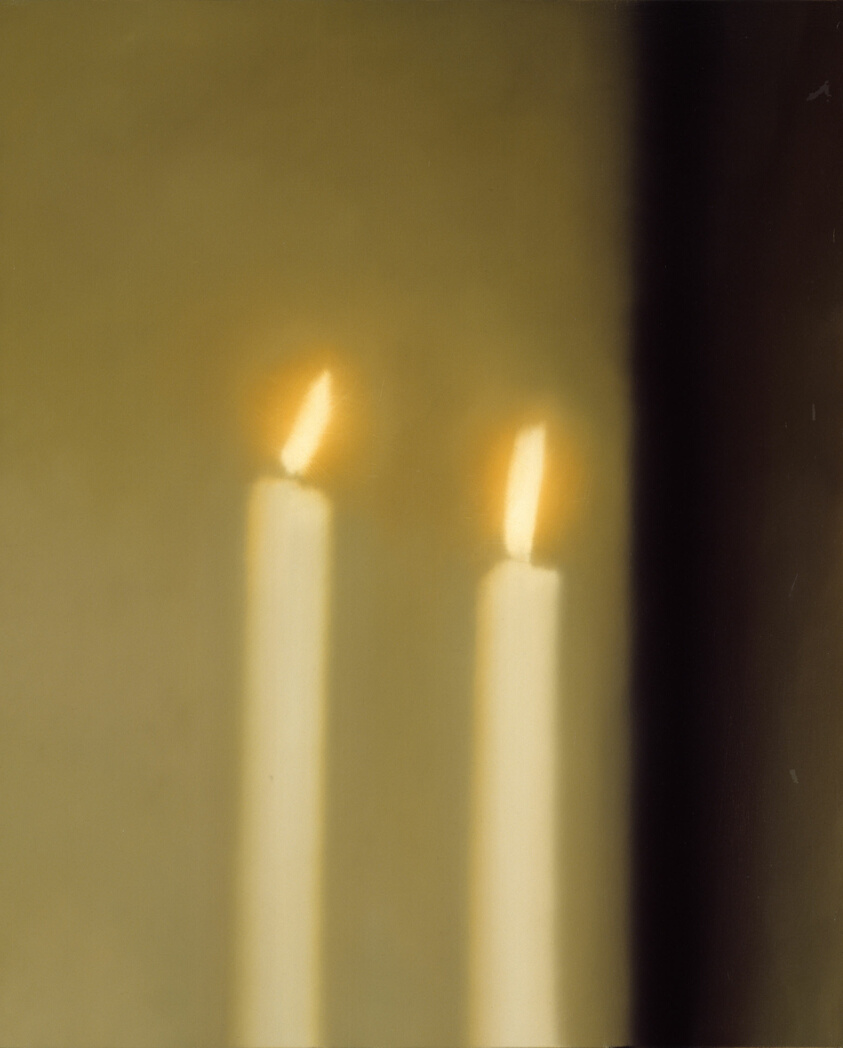
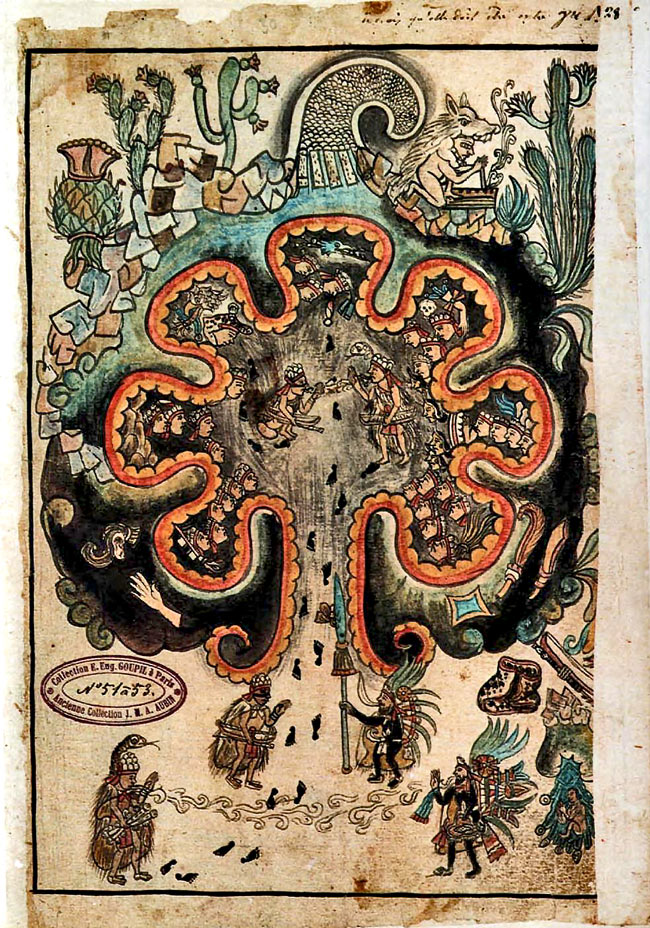
Light:
In the cave’s complete darkness, the symbol of light is forcefully manifested.
Hand:
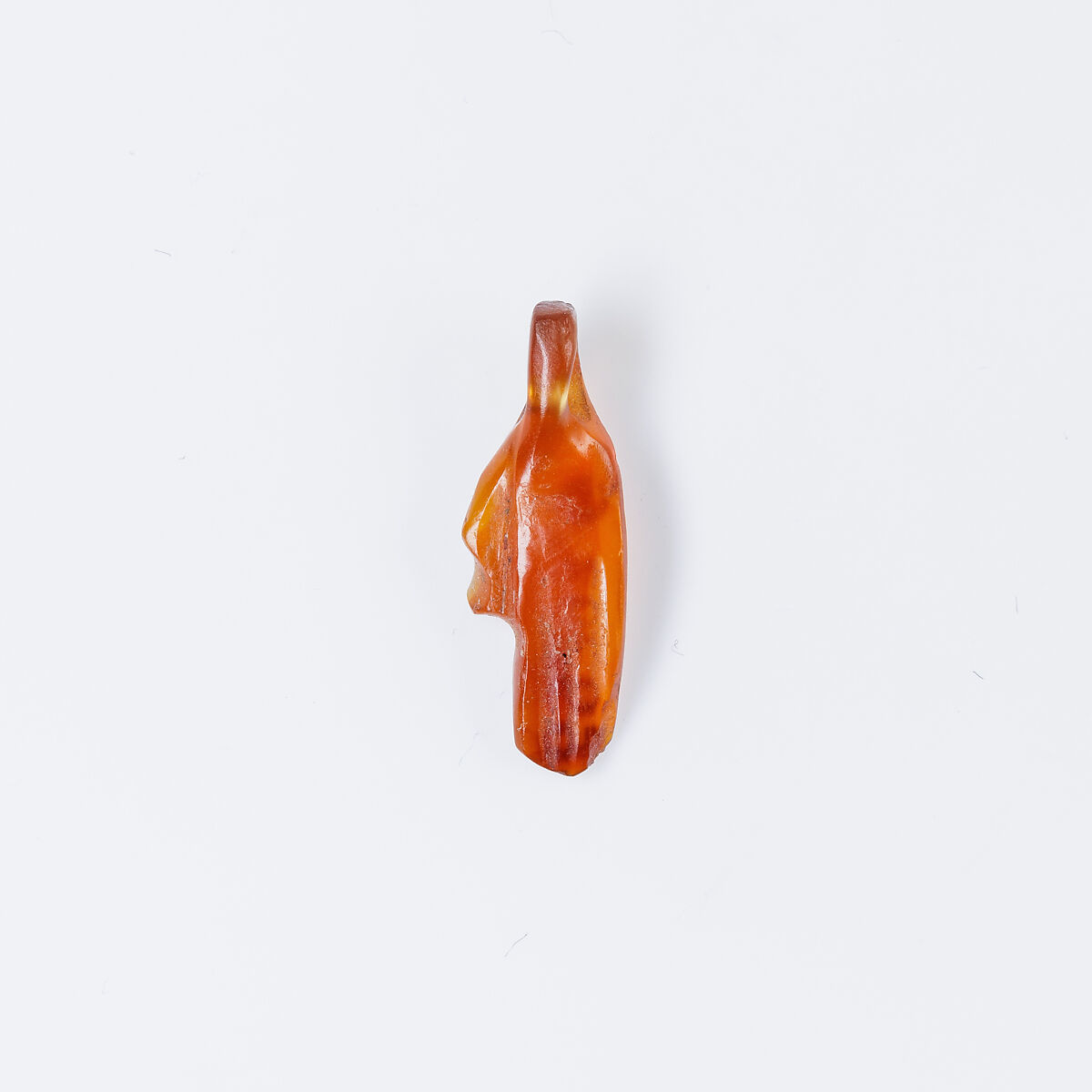
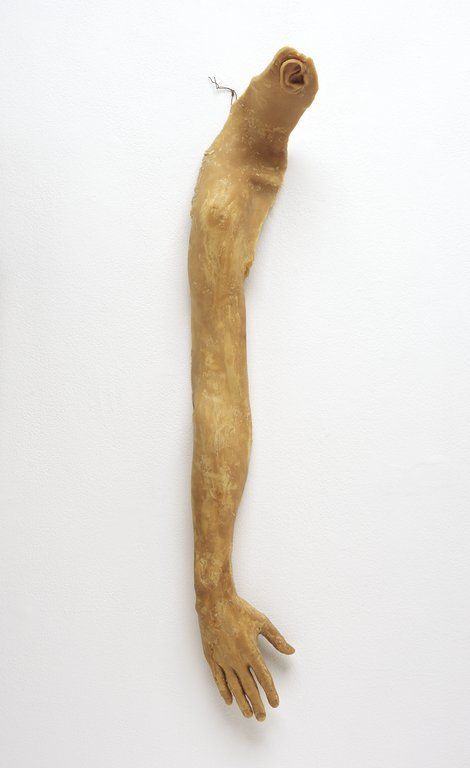

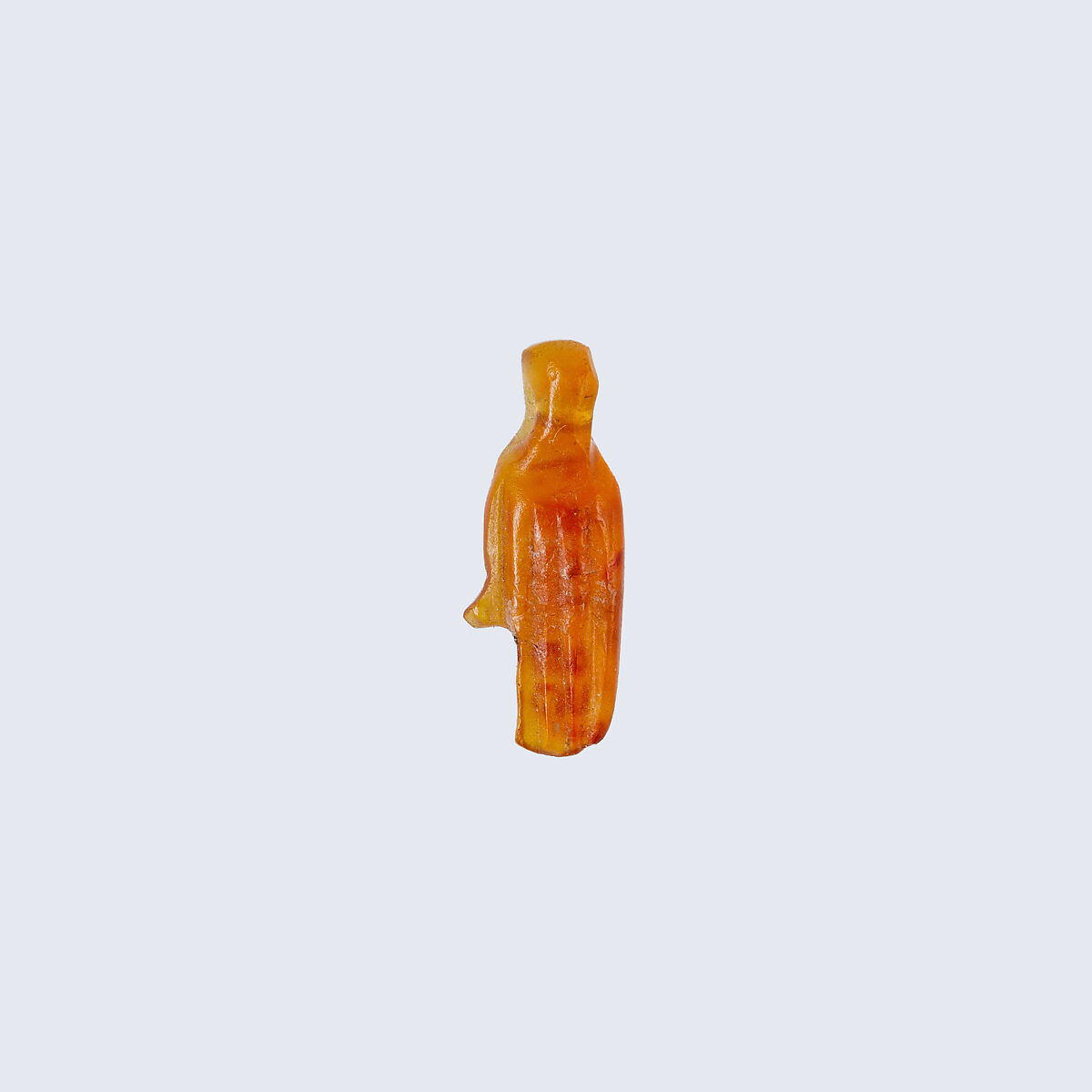
Bone:
Something hard inside us, something that endures. Something that transcends the death of Bodily Flesh. The immortal part of a person, what gives one structure.
Ancient ceremonies in Mesoamerica involved hunters returning a part of the prey’s bones or their entirety (material restitution) to the earth, promoting and facilitating the rebirth of the dead animals.
The latin origin “os” refers not only to the skeleton, but the inmost part of one’s soul—the hard seed at the center of fruits flesh.
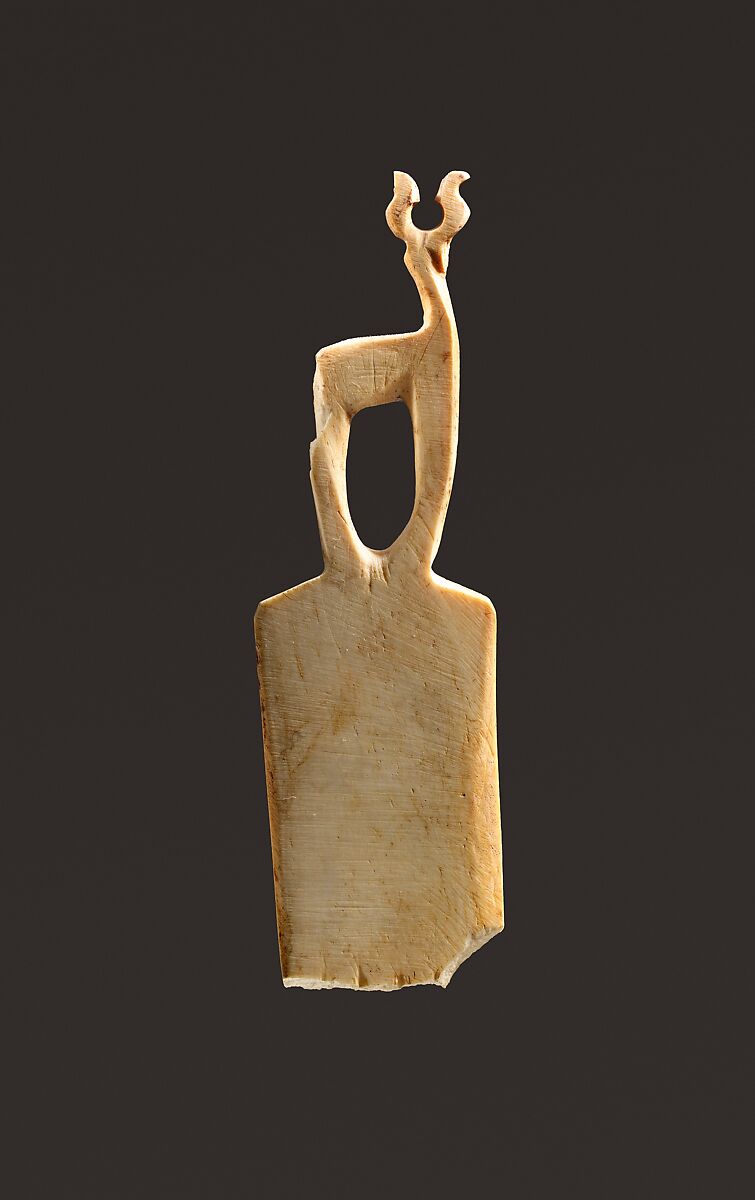

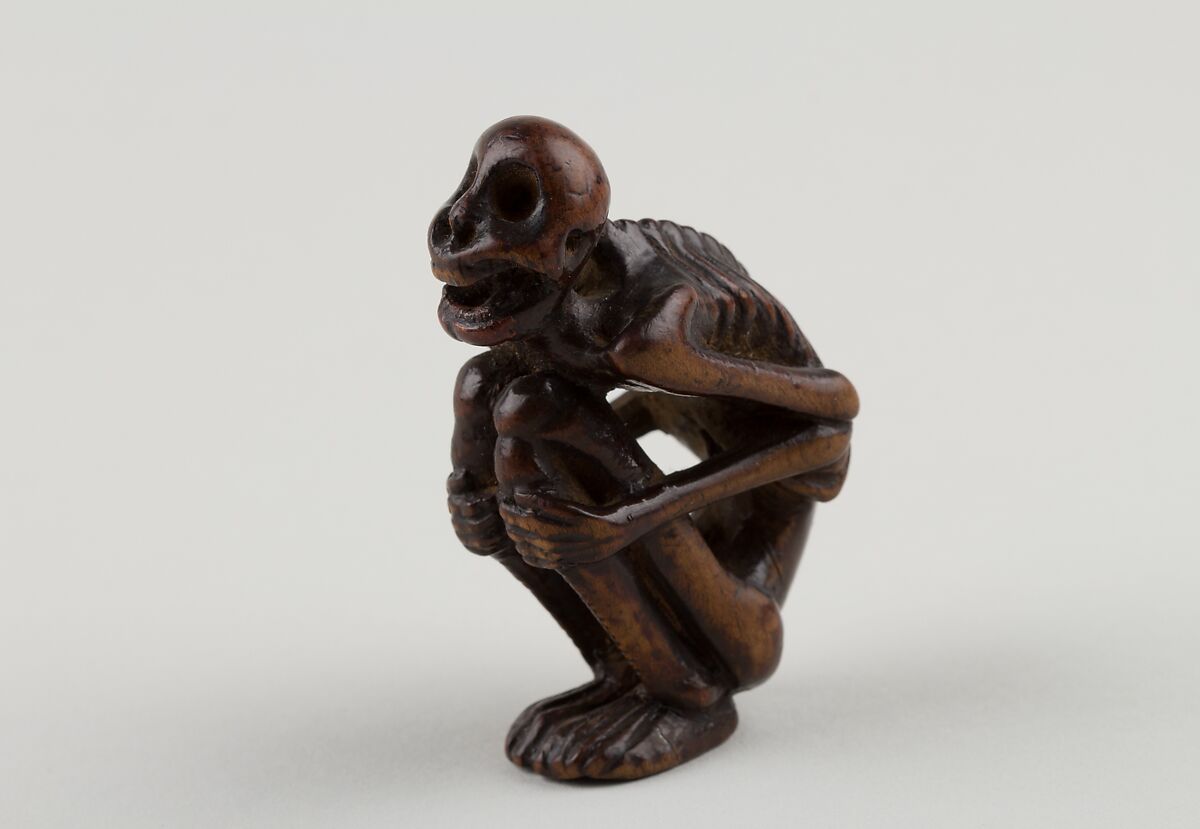
Love:
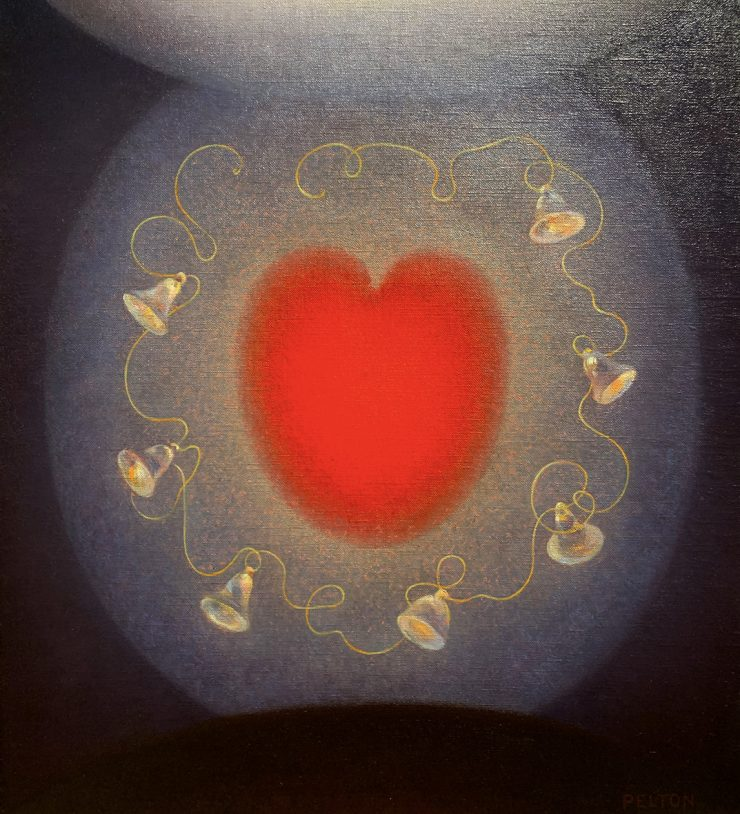
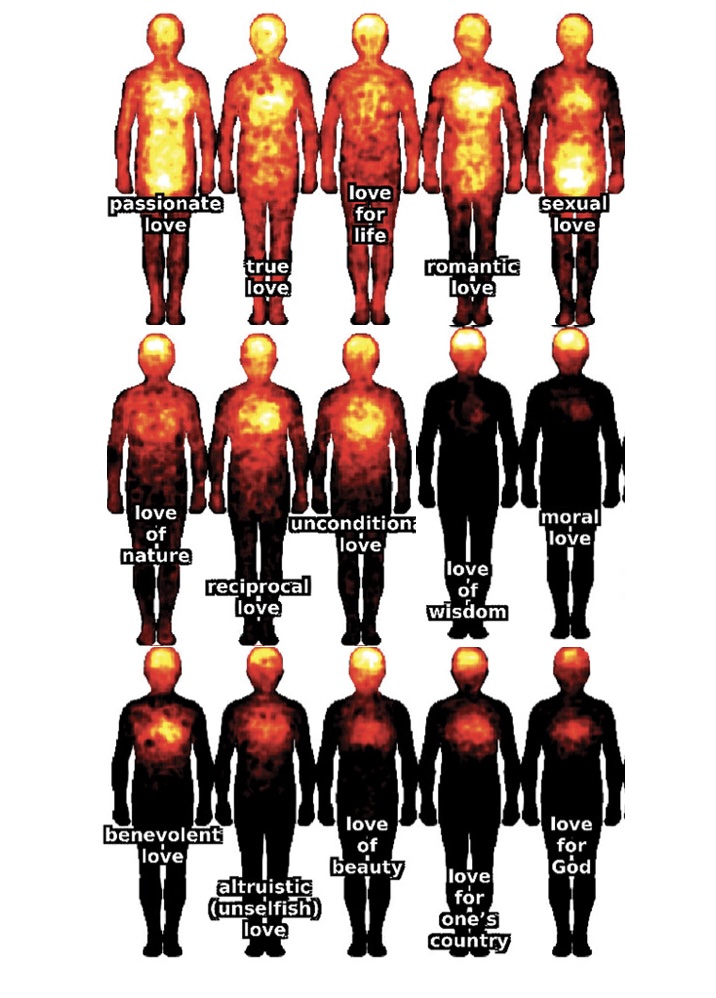
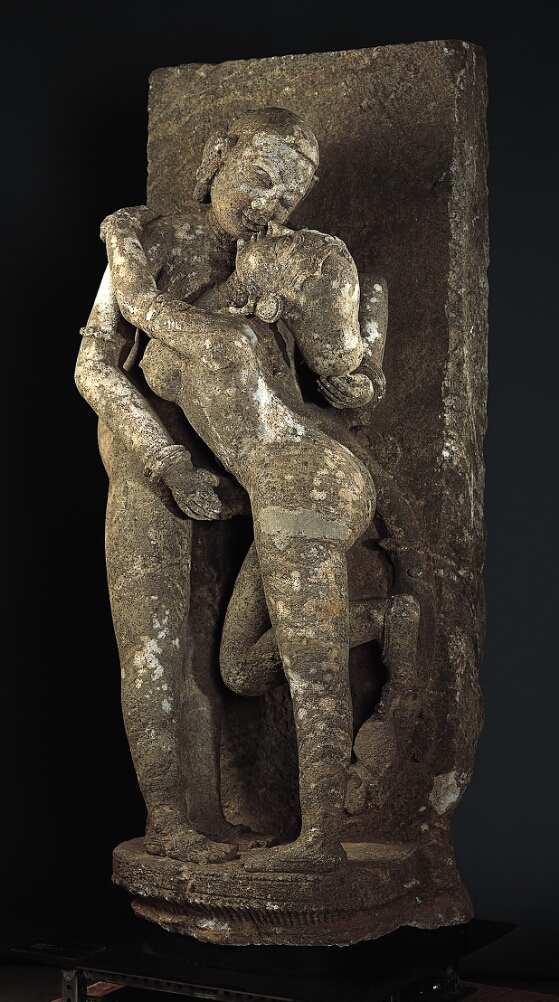
Weaving:
Bird, the weaver of nests. Spider, the weaver of webs.
The tissues of the world are woven into the mothers womb. Knotting of ribbons, knots of the heart.
The upper crossbeam of the loom is called the “beam of heaven” the bottom representing the earth, as if in between the world is being woven.
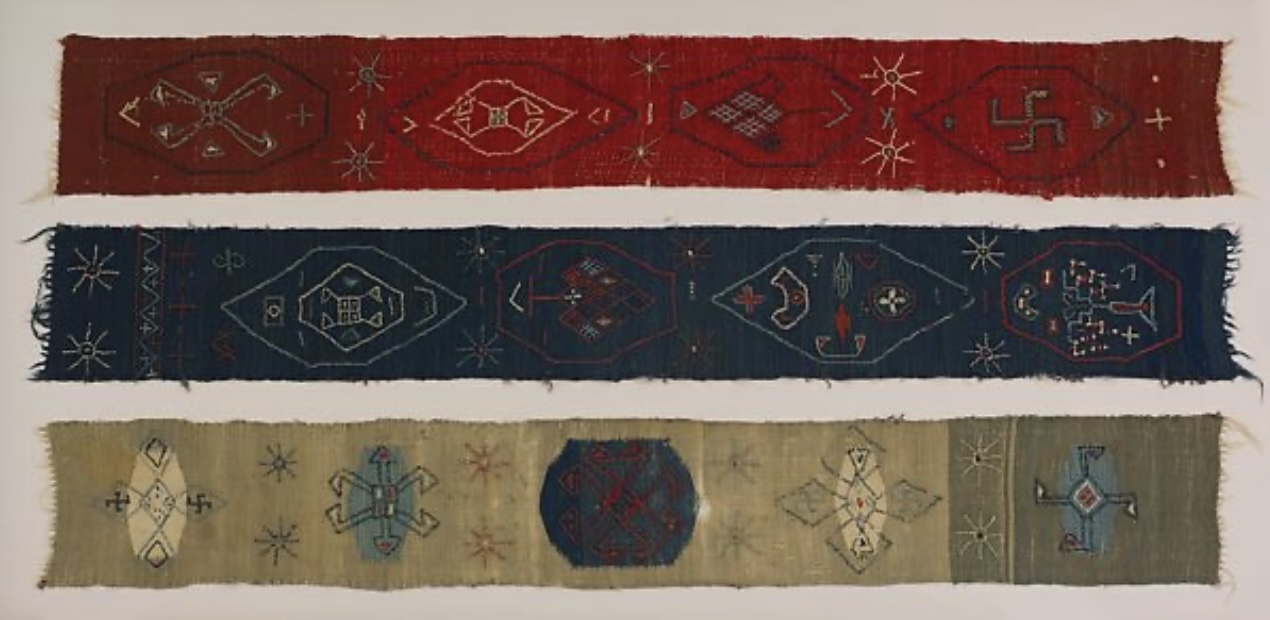
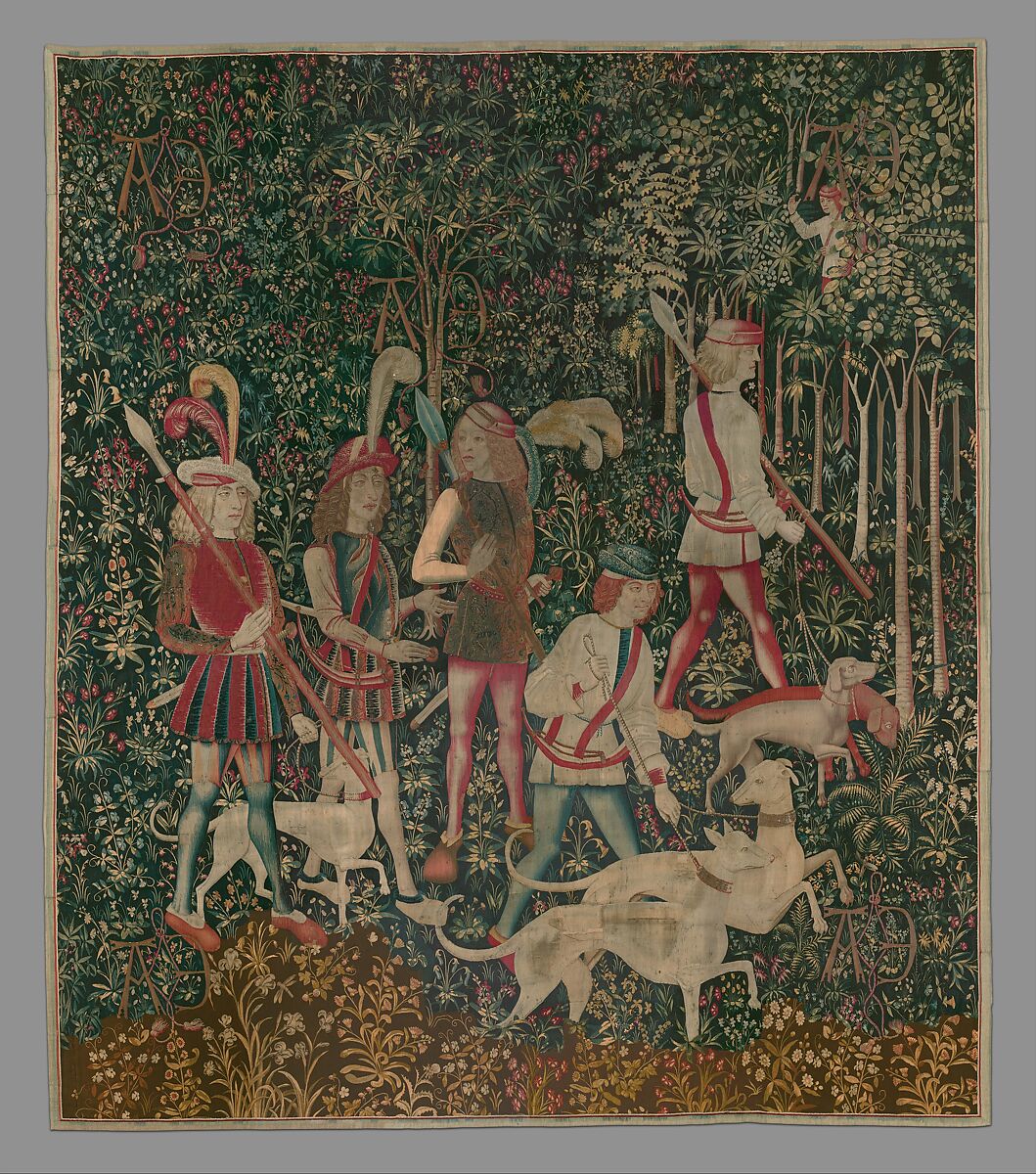
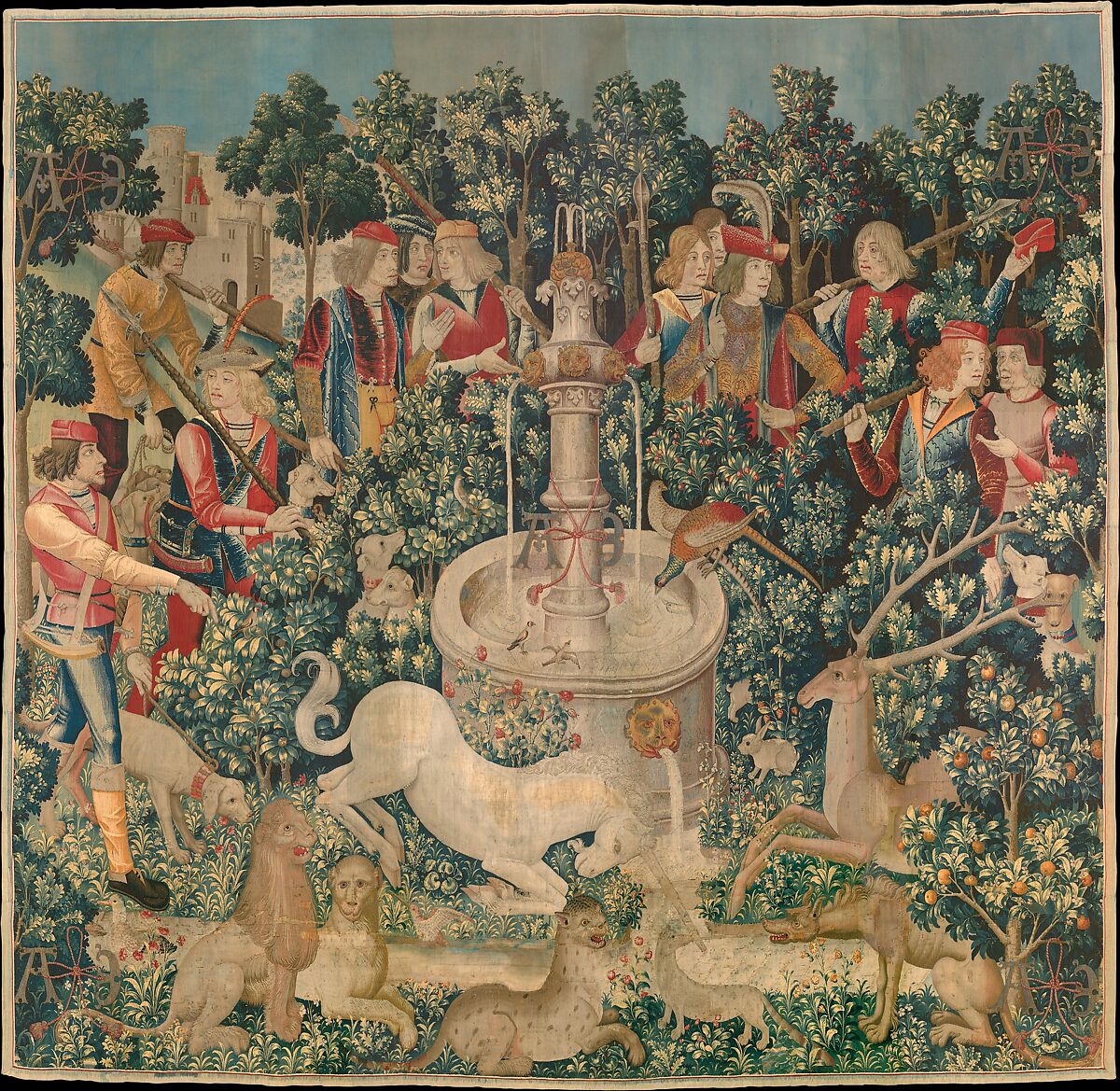

In ebb and flow,
In warp and weft,
Cradle and grave,
An eternal sea,
A changing patchwork,
A glowing life,
At the whirring loom of Time I weave
The living clothes of the Deity
(Goethe, Faust)
The Imagined Home:
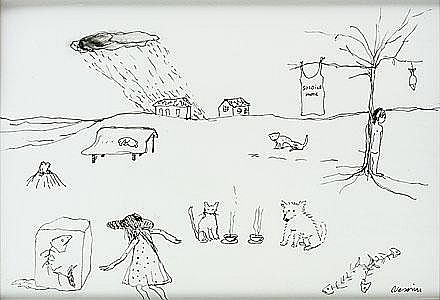
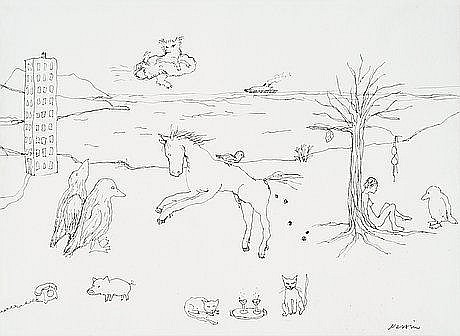


Sun:
Moon:
Star:
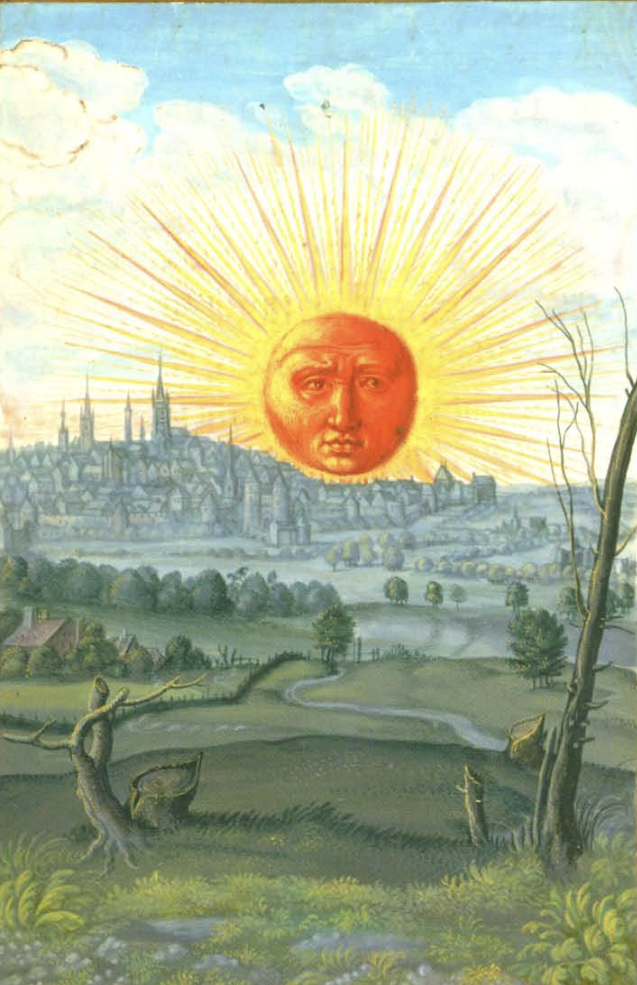


Reveal Sources ↓
Cat Catching a Bird, 1939, Pablo Picasso.
Crocodile Smile, iStock.
Boeuf et tête de veau, 1925, Chaïm Soutine.
Cat Drinking Milk, 1991, Peter Zokosky.
Pink Cave, 1983, Louisa Chase.
Two Candles (Zwei Kerzen), 1982, Gerhard Richter.
The Seven Caves of Chicomoztoc, from Historia Tolteca-Chichimeca
Hand amulets, Late Old Kingdom–Early Middle Kingdom, ca. 2150–1950 B.C.
From Hand to Ear, 1994, Christian Marclay.
Bone comb with an antelope, Predynastic, Late Naqada l–Naqada II, ca. 3900–3500 B.C
Pigeon Bones, New Kingdom, ca. 1479–1458 B.C.
Netsuke of Crouching Figure of a Skeleton, Japan, 19th century
Heart Music, aka Happy Heart, 1944, Agnes Pelton.
Amorous Couple (Mithuna), 13th century, India
Rinne, P. et al. (2023) ‘Body maps of loves’, Philosophical Psychology, 38(4), pp. 1453–1475. doi: 10.1080/09515089.2023.2252464.
Sabatos weaving, Wendell Volk American, 1901–6
The Unicorn Tapestries; The Hunters Enter the Woods, The Unicorn Purifies Water, The Unicorn Defends Himself. South Netherlandish, 1495–1505
Untitled (Exciting Event), 1947, Bill Traylor.
Paintings from Active Imagination. (Courtesy of Penny Etnier)
From Henderson, Joseph L. Transformation of the Psyche: The Symbolic Alchemy of the Splendor Solis.
Untitled Works, Suzanne Nessim
Works from Splendor Solis, 1582, Salomon Trismosin